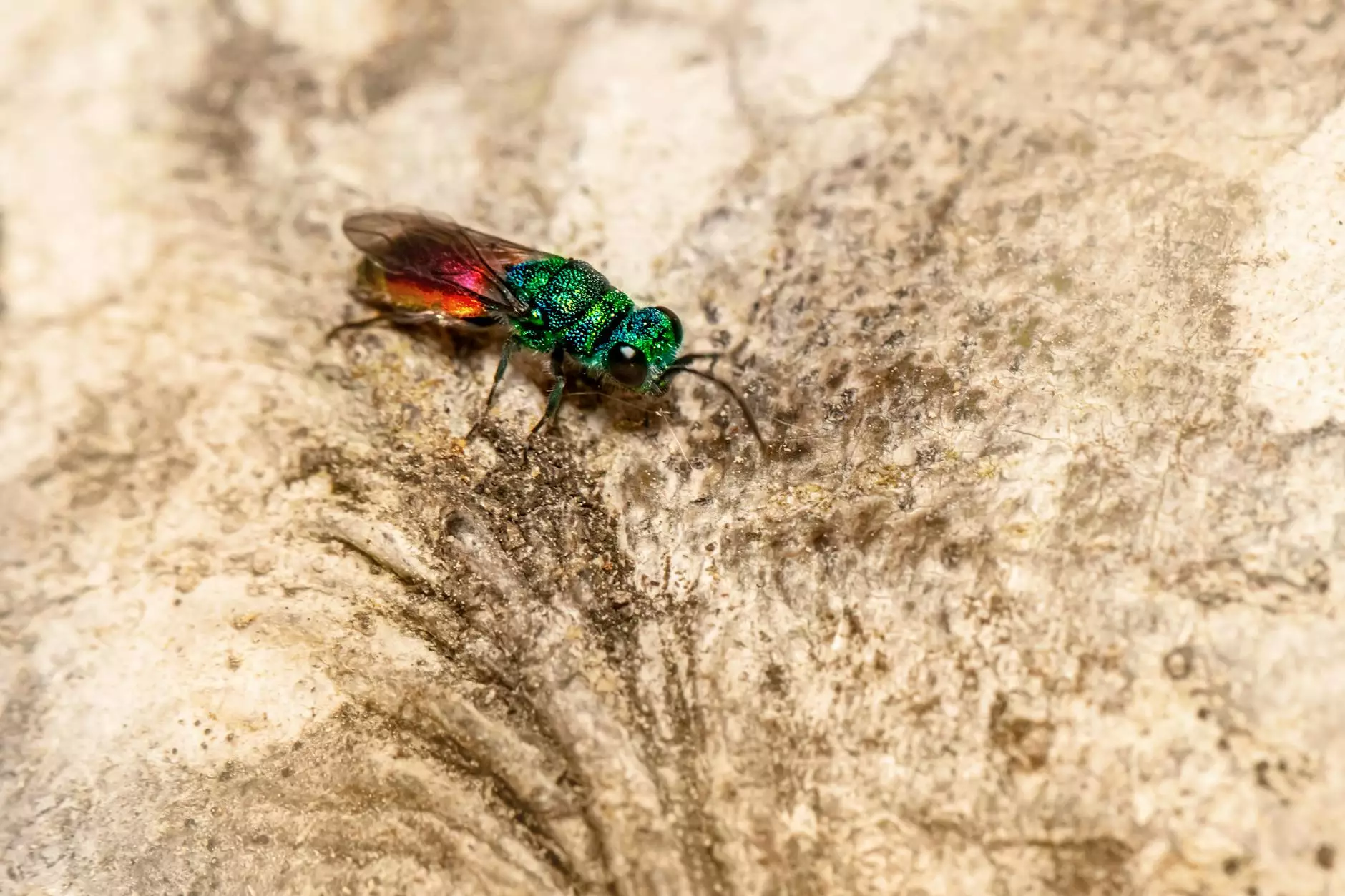The Ultimate Guide to Control of Rice Weevil: Protecting Your Farm's Grain

The control of rice weevil is a critical component in the management of grain storage and effective farming practices. These tiny pests can wreak havoc on your stored grains, leading to significant financial losses and compromise of food safety. Understanding how to effectively manage and prevent rice weevil infestations is essential for any farmer or grain handler.
Understanding Rice Weevil: The Enemy Within
Rice weevils (Sitophilus oryzae) are small beetles that belong to the family Curculionidae. They are notorious pests of stored grains, particularly rice. Here’s what you need to know:
- Appearance: Adult rice weevils are about 2.5 to 4 mm long, with a dark brown to black coloration and distinctive elongated snouts.
- Life Cycle: The life cycle of the rice weevil includes four stages: egg, larva, pupa, and adult. The entire cycle can occur in as little as three weeks under optimal conditions.
- Feeding Habits: Both adult weevils and larvae feed on grain kernels, creating holes and leading to spoilage.
Why Control of Rice Weevil is Crucial
The infestation of rice weevils can result in:
- Financial Losses: Grain losses can reach up to 25% if not managed effectively. This translates to substantial economic impacts for farmers and storage facilities.
- Health Risks: Pest-infested grains may lead to contamination, which poses health risks to consumers.
- Quality Degradation: Infestation can significantly reduce the quality of stored grains, leading to lower market prices.
Comprehensive Strategies for the Control of Rice Weevil
Implementing effective strategies for the control of rice weevil is essential to protect your crops and profits. Below are comprehensive methods that can help you manage and prevent infestations.
1. Sanitation Practices
Sanitation is the first line of defense against rice weevil infestations. Maintaining clean storage facilities is crucial.
- Regularly clean grain bins and storage areas.
- Eliminate any spilled grains or debris that could harbor pests.
- Inspect storage containers for damage that could allow entry of weevils.
2. Temperature Control
Temperature plays a significant role in the life cycle of rice weevils. High and low temperatures can be used effectively to control infestations.
- Store grains in cool, dry conditions. Ideal storage temperature is below 60°F (15°C).
- Use heat treatment methods by raising the temperature of stored grain to 140°F (60°C) for at least an hour to kill weevil larvae.
- Consider using cold storage conditions, particularly in warm climates, to slow down weevil reproduction.
3. Grain Inspection and Monitoring
Regular inspection of stored grains is vital to recognize early signs of infestation.
- Implement regular sampling to check for the presence of rice weevils.
- Use pheromone traps to monitor adult weevil populations.
- Keep records of grain inspections to identify patterns of infestation.
4. Biological Control Methods
Leveraging natural predators can be an effective strategy for controlling rice weevil populations. Consider the following biological controls:
- Entomopathogenic Fungi: Certain fungi can target and kill rice weevils and their larvae.
- Nematodes: Beneficial nematodes can also be introduced to target weevils in the soil.
5. Chemical Control Options
If the infestation is severe, chemical treatments may become necessary. However, it is crucial to use insecticides judiciously:
- Contact Insecticides: Use insecticides labeled for rice weevil control, applying them to bins and storage areas.
- Insect Growth Regulators (IGRs): These products disrupt the growth cycle of the weevils and prevent them from reproducing.
- Fumigation: In severe cases, consider grain fumigation, which can effectively eliminate pests in bulk storage.
6. Proper Storage Techniques
Enhancing your grain storage techniques can drastically reduce the risk of infestation:
- Use airtight containers to prevent weevils from entering stored grains.
- Maintain low moisture levels in grains since high moisture can attract pests.
- Store grains in clean, sealed environments to keep them free of pests.
Monitoring and Maintenance: Keys to Success
Ongoing monitoring and maintenance of grain storage is essential in the control of rice weevil. Establishing a routine that includes:
- Monthly inspections, coupled with pest management strategies.
- Keeping records of pest sightings and control measures taken.
- Regular training for staff involved in grain handling for awareness and vigilance against pests.
Conclusion: Enhancing Your Agricultural Success with Proper Weevil Control
The control of rice weevil is a multifaceted approach that requires diligence, knowledge, and proactive management. By integrating proper sanitation, temperature control, monitoring, and effective treatments, farmers can safeguard their grains against these destructive pests.
Investing the time and effort into understanding the life cycle of rice weevils and implementing comprehensive control strategies not only protects your crops but also enhances your overall agricultural success. By prioritizing pest management, you ensure that your farming efforts are fruitful and your harvested grains remain safe for consumers.
Contact Us for Expert Assistance in Farming Equipment and Pest Control
If you're seeking professional assistance with your farming equipment and pest management strategies, TSGC Inc. provides expert support in effective farm equipment repair and the best practices to enhance your yields. Reach out today to learn how we can assist you in controlling rice weevil infestations and boosting your farming efficiency!









